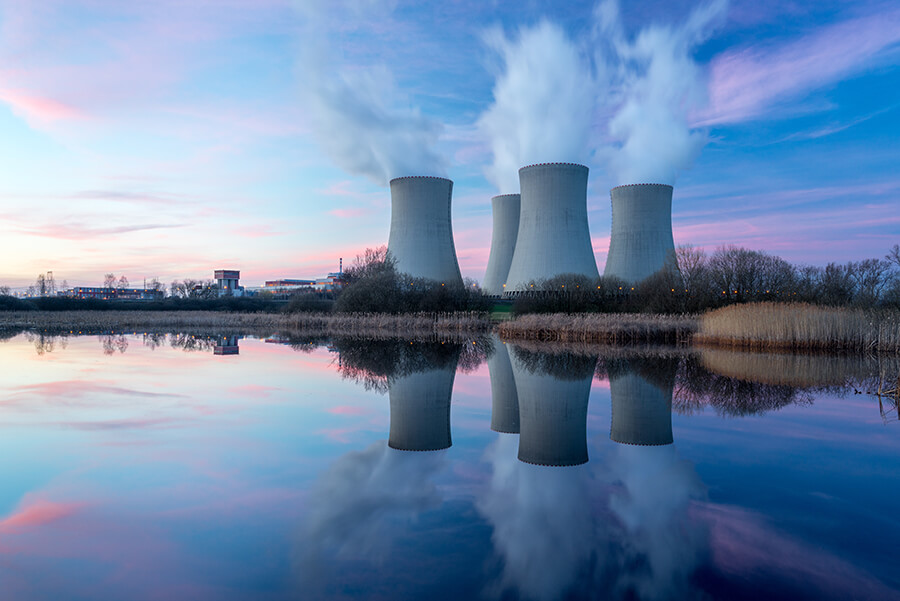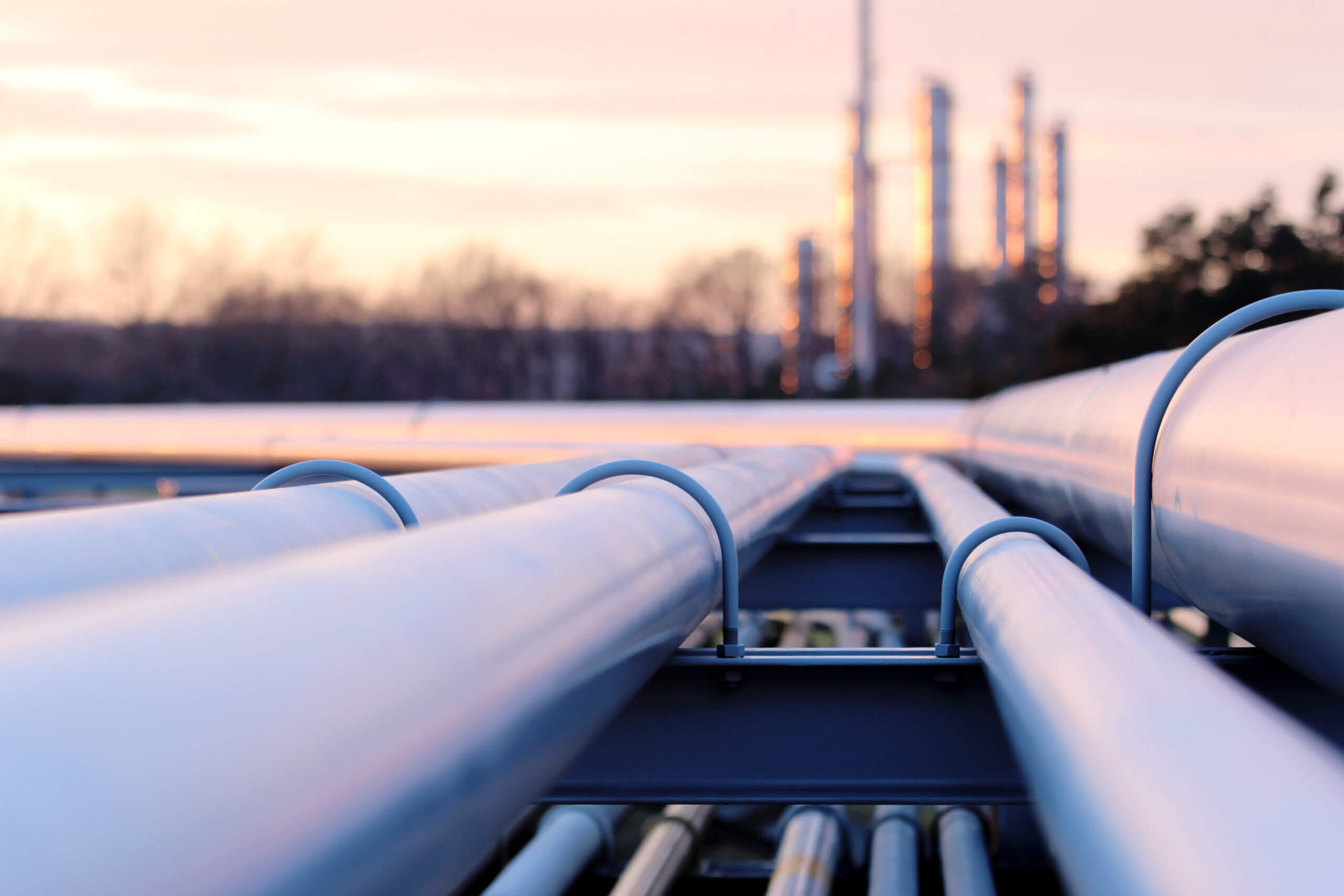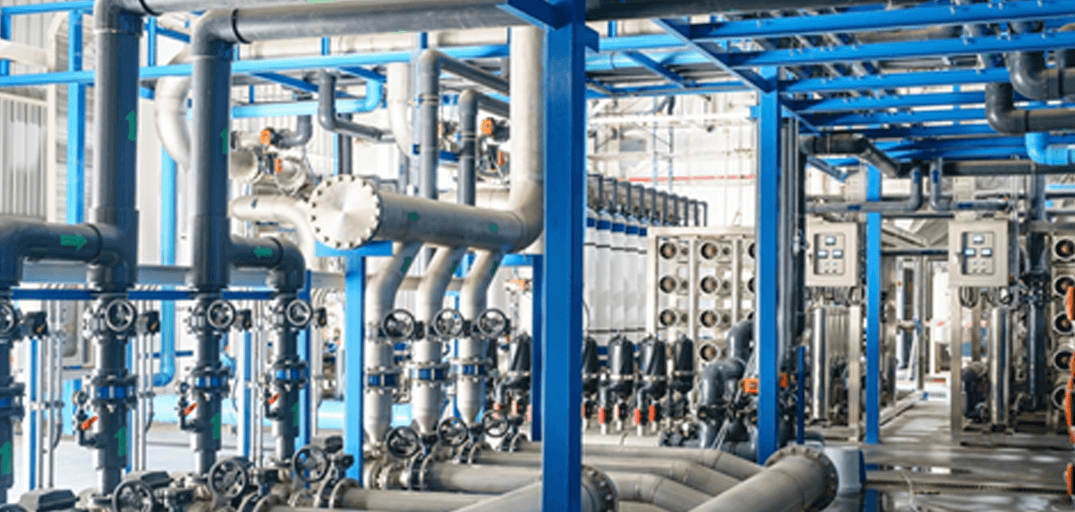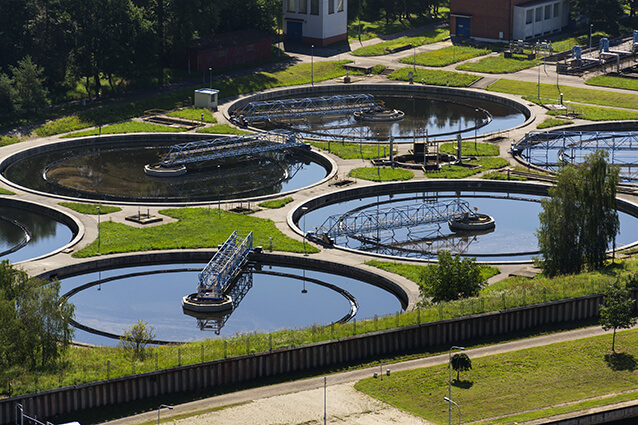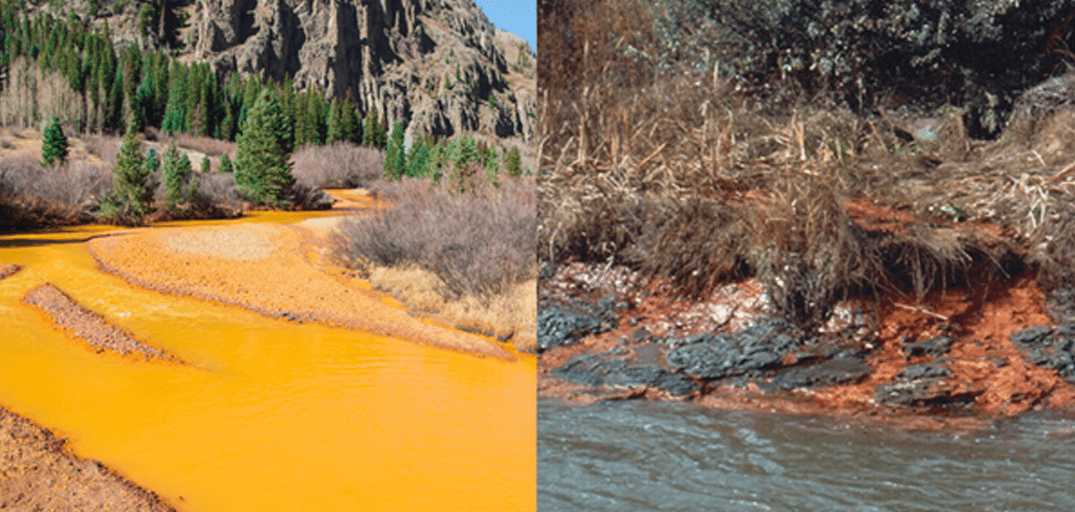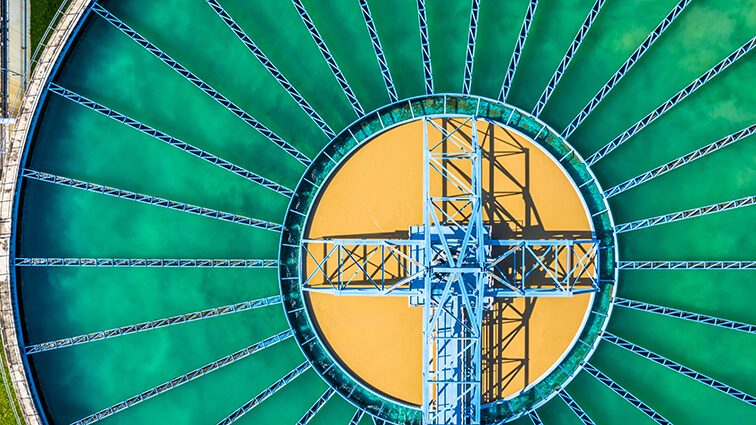RESOURCES | post
Category: Water & Wastewater Treatment
In the world of waste treatment, complying with environmental regulations is vital to operating in an effective and ecofriendly way. Environmental regulations provide strict guidelines for gas, water, and solid waste—some of which require scrubbing noxious components like SOx, NOx, Hg, and other pollutants from gases, reducing or eliminating waste water discharge to the environment, and anticipating and preventing dangerous chemical reactions. When harmful components affect water-based processes, they can trigger results like changes in pH or temperature, which can have a severe impact on the environment.
Adhering to federal and state regulations is a major challenge for the water treatment industry. As a result, companies are seeking new cost-effective and environmentally-friendly processes to remove contaminants and toxins from waste water. The ultimate goal for water treatment is to eliminate waste water discharge altogether. This approach, known as zero liquid discharge (ZLD), dramatically reduces operational risks by removing waste from the equation through evaporation or membranes and ion exchange. Greenfield plants mandate ZLD in their operations, and many brownfield plants are beginning to convert to this superior water treatment strategy; those who do will be able to decrease the costs associated with waste management, ensure compliance, augment water supplies, and protect the environment. However, current technologies are merely scraping the surface of water treatment capabilities.
ZLD is just one revolutionary process that requires rigorous water chemistry expertise to model behavior and analyze the risks associated with different components in water. While water chemists have the ability to calculate many of these scenarios, it is virtually impossible to determine every potential outcome or achieve conclusively accurate results with manual calculation.
Today’s companies need a new breed of technology to deliver precision insights, optimize water management and treatment, and dramatically reduce risk. Advanced technologies and an expansive knowledge of water chemistry are growing increasingly important in the water treatment landscape. As regulations continue to evolve, game-changing capabilities like water chemistry simulation and in-depth chemistry analysis will enable companies to streamline processes, increase cost-efficiencies, and operate without incident.
Waste water treatment companies must pursue digital transformation to operate at peak efficiency and effectiveness. Many sectors are already experiencing enormous productivity and performance gains by adopting the best possible technologies—including Oil & Gas, Metals & Mining, Chemicals, and others. Digital transformation is key to accelerating and improving critical processes, which is why companies who invest in leading innovations are investing in a successful future.
Harnessing disruptive tools and insights
Water chemistry insights empower chemists with increased confidence in their recommendations, and allow companies to streamline purification and disposal processes, boost water reclamation, and achieve ideal operating conditions.
OLI Systems, Inc. is uniquely positioned to help companies effectively treat waste water, with a powerful combination of simulation software and extensive water chemistry expertise. OLI Systems solutions utilize electrolyte thermodynamic elements that are essential to designing and optimizing water treatment operations. The application of electrolytes equips companies to accurately model and predict the most challenging water chemistry behavior, unlike anything else on the market. As chemical properties change and become more complex, OLI Systems’ unique software will continue to deliver comprehensive water treatment simulations for high-quality predictions.
The recent development of the OLI Systems platform V9.6 provides customers a single-source tool for process design and optimization. With cutting-edge software for process simulation paired with an expansive chemistry database, this disruptive solution is enabling processing applications that were previously impossible to model. Recent chemistry innovations (i.e. arsenic, struvite, boron, iodine, selenium, and mercury) are significantly enhancing the accuracy of existing models. As a result, waste water treatment chemical processing has never been more accessible or precise.
Two main components of the V9.6 update are the OLI Studio and OLI Flowsheet: ESP. OLI Studio software helps customers quickly assess the properties of their water supply, according to a specific set of conditions or a range of chemical properties. Meanwhile, OLI Flowsheet: ESP software augments every stage of the water treatment process—this includes providing customers with an intuitive understanding of how chemical conditions will affect operations as well as the optimum set of changes required to enhance the process end-to-end.
A new, central feature of OLI Flowsheet: ESP is the reverse osmosis (RO) membrane simulation tool, which allows companies to simulate real process waters outside of manufacturer’s specifications. The RO membrane is the first of a series of specialized water treatment blocks and a critical advancement for the water management industry. This block combines rigorous electrolyte chemistry to RO calculations, using customer-defined chemistry environments to determine how a membrane will perform. Now, companies can simulate unique membranes into a real process flowsheet. Membrane technology is revolutionizing waste water treatment processes with superior levels of efficiency and accuracy, a disruptive capability that is only available in OLI Systems software.
OLI Systems is working to create the ideal waste water treatment solution. In addition to the RO membrane, plans include developing membranes simulations for forward osmosis, nanofiltration, ultrafiltration, and electrodialysis. Together, these five types of membranes will empower unparalleled modeling for water treatment.
The future of waste water treatment
OLI Systems is setting the standard for water management by advancing water chemistry simulation, membrane technology, and chemistry expertise to redefine traditional processes. As new regulations and industry challenges emerge, savvy companies will look to the latest tools and capabilities to expand their operations, optimize water use and reuse, and ensure environmental compliance.
The ability to model RO membranes inside a process flowsheet is one of many steps OLI Systems is taking to help customers drive productivity and success. These disruptive technologies with rigorous chemistry applications go beyond companies’ basic needs, to rapidly transform their unique processes. OLI Systems is avidly partnering with companies who want to bridge the gap between traditional processes and reaching their optimal performance, paving the way to innovations like ZLD and much more.
For more information on how digital transformation is improving waste water treatment, follow us on Twitter at @OLISystems. You can also contact OLI Systems to learn about personalized assessments and trainings to empower your business.

